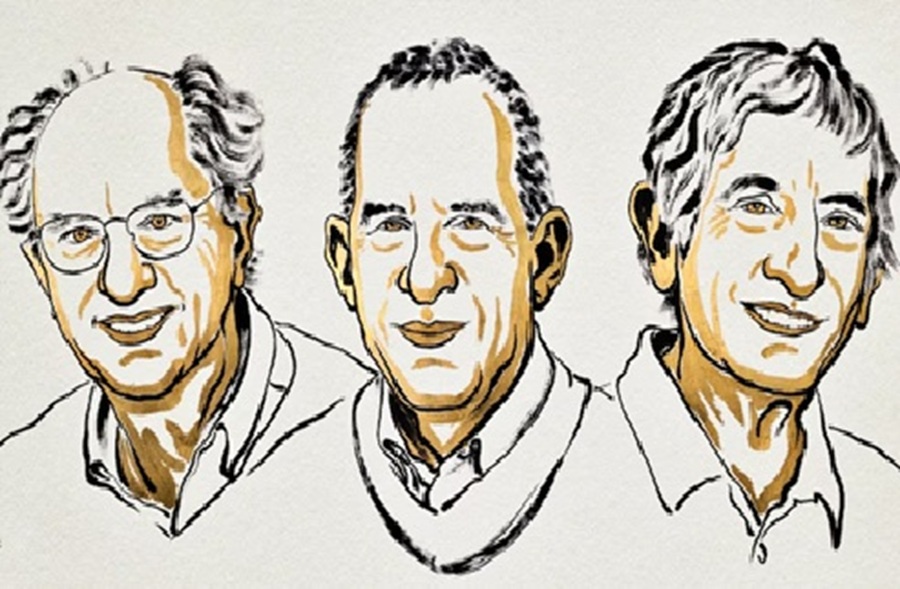The 2025 Nobel Prize in Physics has been awarded to John Clarke, Michel H. Devoret, and John M. Martinis for their pioneering experiments that brought quantum mechanics from the invisible atomic world to the macroscopic scale a system large enough to hold in your hand.
Their groundbreaking research revealed that even in electrical circuits composed of billions of particles, quantum phenomena such as tunnelling and quantised energy levels can still emerge. This discovery not only deepened our understanding of the quantum world but also laid the foundation for modern quantum technologies.
In the mid-1980s, the laureates conducted a series of experiments using superconducting circuits materials that conduct electricity without resistance when cooled to extremely low temperatures. The key component of their setup was the Josephson junction, where two superconductors are separated by an ultrathin insulating layer. When an electric current passed through, the entire circuit behaved as a single quantum system a macroscopic particle governed by the strange rules of quantum mechanics.
In their experiments, the circuit initially existed in a zero-voltage state, trapped behind an energy barrier. But remarkably, it could escape this state through quantum tunnelling, a process where particles traverse barriers that would be insurmountable in classical physics. The shift was detected as a measurable voltage, providing concrete evidence of quantum behavior at a visible scale.
Furthermore, the researchers showed that the system absorbed and emitted energy only in discrete packets, confirming that it was quantised another key signature of quantum physics. These findings demonstrated that quantum effects can be engineered and controlled in systems much larger than individual atoms.
The implications of this discovery stretch far beyond pure science. The same superconducting circuits used in these experiments are now essential building blocks of quantum computers, quantum sensors, and quantum cryptography systems technologies that promise to transform computation, communication, and measurement in the coming decades.
By demonstrating quantum mechanics at a human scale, the 2025 Nobel laureates in Physics have bridged the gap between the microscopic and macroscopic worlds. Their work not only confirmed the universality of quantum laws but also opened the door to a new technological era one where the mysteries of the quantum realm are no longer hidden, but harnessed.
